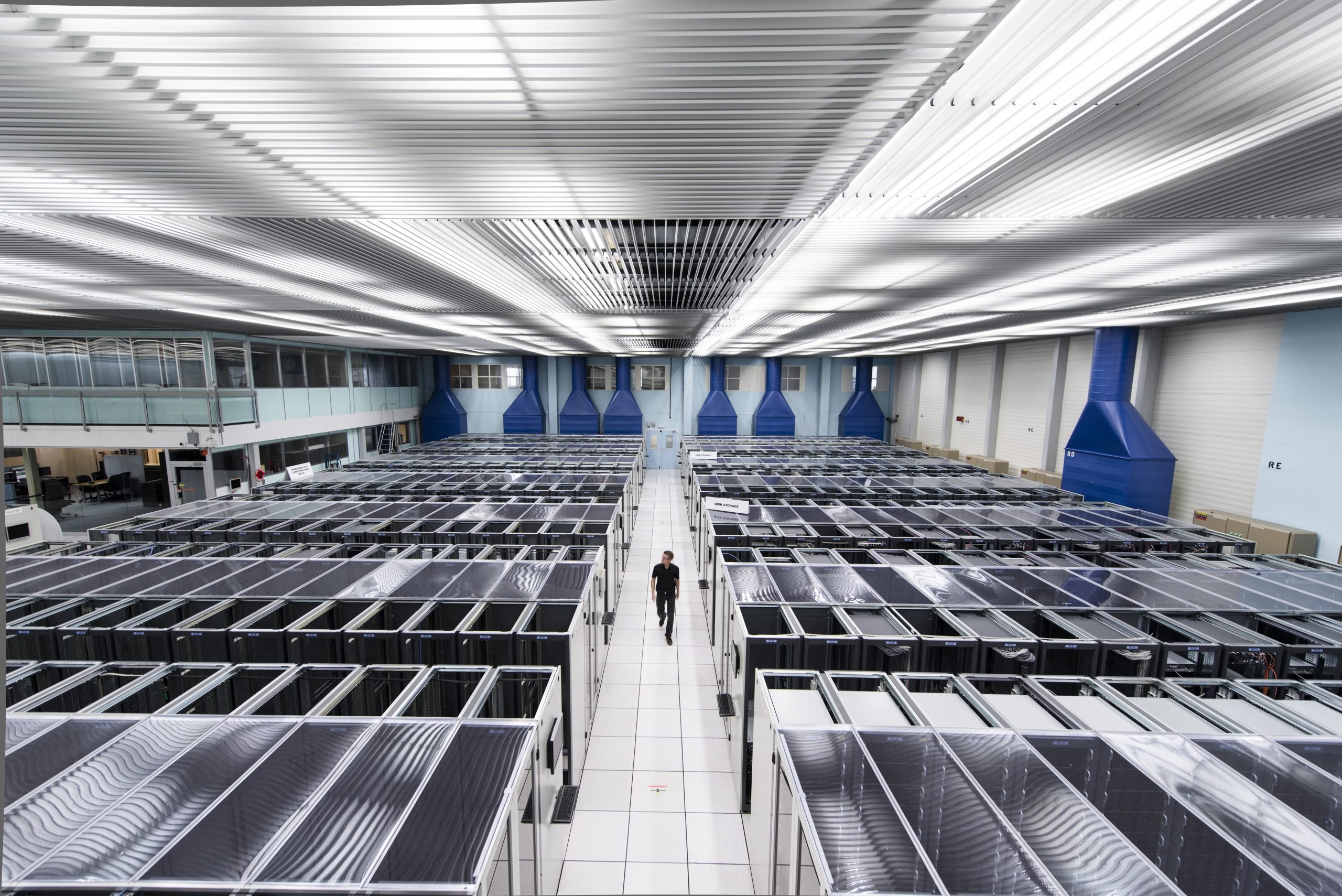9400
372900
94700
92
296
4800
The CERN Data Centre is the heart of CERN’s entire scientific, administrative, and computing infrastructure. All services, including email, scientific data management and videoconferencing use equipment based here.
The 230 000 processor cores and 15 000 servers run 24/7. Over 90% of the resources for computing in the Data Centre are provided through a private cloud based on OpenStack, an open-source project to deliver a massively scalable cloud operating system.
CERN is one of the most highly demanding computing environments in the research world. The World Wide Web was originally conceived and developed at CERN to meet the demand for automated information-sharing between scientists in universities and institutes around the world. From software development, to data processing and storage, networks, support for the LHC and non-LHC experimental programme, automation and controls, as well as services for the accelerator complex and for the whole laboratory and its users, computing is at the heart of CERN’s infrastructure.
The Worldwide LHC Computing Grid (WLCG) – a distributed computing infrastructure arranged in tiers – gives a community of thousands of physicists near real-time access to LHC data. The CERN data centre is at the heart of WLCG, the first point of contact between experimental data from the LHC and the grid. Through CERN openlab, a unique public-private partnership, CERN collaborates with leading ICT companies and other research organisations to accelerate the development of cutting-edge ICT solutions for the research community.

 polski
polski
